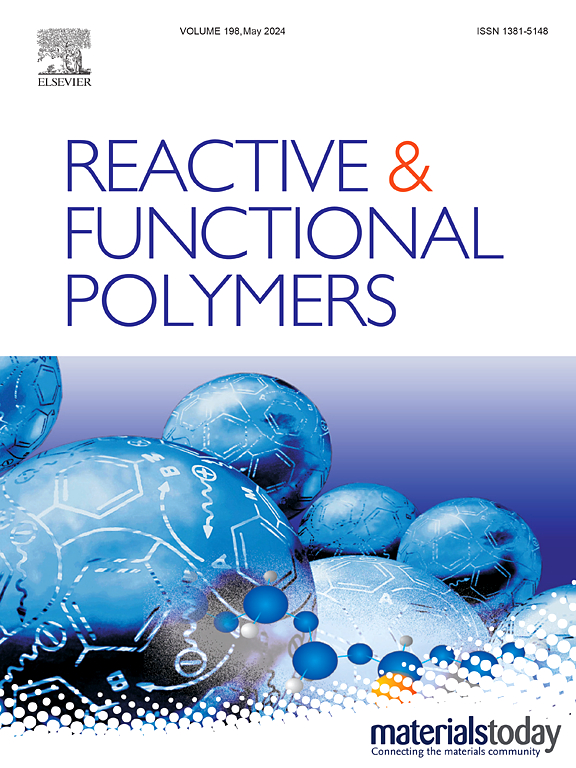Preparation and properties of solvent-free and low temperature resistant polyurethane adhesive
IF 4.5
3区 工程技术
Q1 CHEMISTRY, APPLIED
引用次数: 0
Abstract
Most of the diversified adhesives on the market contain solvents, to date. Whereas polyurethane exhibits excellent properties such as high tensile strength and great elongation at break, making it widely applicable in various fields. Due to their environmental benefits, solvent-free polyurethane adhesives have garnered significant attention. In this study, a solvent-free, two-component polyurethane adhesive was synthesized by using the 4,4′-diphenylmethane diisocyanate (MDI), 1,4-butanediol (BDO), hydroxyl-terminated polybutadiene (HTPB) and polytetramethylene ether glycol-1000 (PTMG-1000) which were used as polymer polyol components to explore the effect of mixed soft segments on the properties of polyurethane adhesives. The results show that polyurethane adhesive with mixed soft segments has good thermal stability, low applicable temperature, and the bonding strength on the smooth stainless-steel sheet is up to 14.4 MPa. The approach of constructing mixed soft segment structures offers a novel method for developing environment-friendly adhesives, which could be widely applied in industries such as automotive, high-speed rail, and decoration.

求助全文
约1分钟内获得全文
求助全文
来源期刊

Reactive & Functional Polymers
工程技术-高分子科学
CiteScore
8.90
自引率
5.90%
发文量
259
审稿时长
27 days
期刊介绍:
Reactive & Functional Polymers provides a forum to disseminate original ideas, concepts and developments in the science and technology of polymers with functional groups, which impart specific chemical reactivity or physical, chemical, structural, biological, and pharmacological functionality. The scope covers organic polymers, acting for instance as reagents, catalysts, templates, ion-exchangers, selective sorbents, chelating or antimicrobial agents, drug carriers, sensors, membranes, and hydrogels. This also includes reactive cross-linkable prepolymers and high-performance thermosetting polymers, natural or degradable polymers, conducting polymers, and porous polymers.
Original research articles must contain thorough molecular and material characterization data on synthesis of the above polymers in combination with their applications. Applications include but are not limited to catalysis, water or effluent treatment, separations and recovery, electronics and information storage, energy conversion, encapsulation, or adhesion.
 求助内容:
求助内容: 应助结果提醒方式:
应助结果提醒方式:


